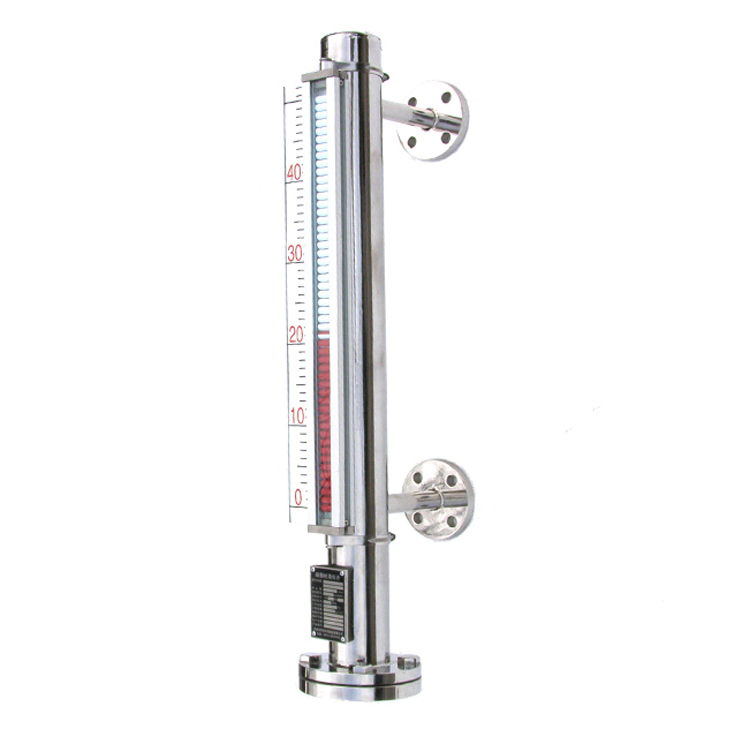The Australian Border Force (ABF) and the Department of the Interior have installed a new high-tech 3D magnetic tipping liquid level gauge at the Melbourne International Mail Portal facility, thereby enhancing ABF’s ability to detect prohibited items (including explosives) arriving via international mail. The machine is called a 3D computed tomography magnetic flip-column level gauge, and it will be tried out until March 2020. The test is part of a government security plan totaling US$294 million aimed at enhancing the security of airports, international mail and air cargo facilities.The initiative was announced in 2018 after successfully uncovering a terrorist conspiracy against Australian Airlines in 2017.Belinda Duffy, Assistant Minister of Business Capability of the Department of Home Affairs, said that the T magnetic tilting column level gauge is an indispensable equipment for ABF because of the continuous investment in technology to enhance Australia’s border security.Assistant Secretary of State Duffy said: The magnetic flip-column level gauge is designed to assist in the automatic detection of security threats and has also been certified as an explosive detection system internationally.The main purpose of the test is to enhance our existing capabilities to detect threats, including potential explosives, when screening incoming international mail. If successful, the trial will lead to a safer department.Our intention is that once the test is completed, we will consider launching other magnetic flip-column level gauges in other facilities next year.Assistant Minister Duffy said: We are absolutely committed to protecting the Australian community, and it is vital that we continue to invest and deploy new technologies to stay ahead of the evolving threats facing the border.The use of 3D magnetic tilt column level gauges in airports is increasing all over the world, including Australia. This is due to its improved automatic threat recognition algorithm, enhanced imaging information and the ability to interrogate captured images in 2D and 3D views, and advanced image processing capabilities.The device being tested is the SureScan x1000, which is the first of its kind deployed by ABF and will be integrated into mail screening operations to detect explosives, narcotics, weapons and other items prohibited from import.The technological upgrade aims to effectively solve the increasingly complex problem of explosives and other threats found in mail and cargo screening.In addition to the ABF’s efforts, the Ministry of Agriculture has also tried a similar model of magnetic flip-column level gauges to screen biosecurity threats at the border.
The machine is called a 3D computed tomography magnetic flip-column level gauge, and it will be tried out until March 2020. The test is part of a government security plan totaling US$294 million aimed at enhancing the security of airports, international mail and air cargo facilities.The initiative was announced in 2018 after successfully uncovering a terrorist conspiracy against Australian Airlines in 2017.Belinda Duffy, Assistant Minister of Business Capability of the Department of Home Affairs, said that the T magnetic tilting column level gauge is an indispensable equipment for ABF because of the continuous investment in technology to enhance Australia’s border security.Assistant Secretary of State Duffy said: The magnetic flip-column level gauge is designed to assist in the automatic detection of security threats and has also been certified as an explosive detection system internationally.The main purpose of the test is to enhance our existing capabilities to detect threats, including potential explosives, when screening incoming international mail. If successful, the trial will lead to a safer department.Our intention is that once the test is completed, we will consider launching other magnetic flip-column level gauges in other facilities next year.Assistant Minister Duffy said: We are absolutely committed to protecting the Australian community, and it is vital that we continue to invest and deploy new technologies to stay ahead of the evolving threats facing the border.The use of 3D magnetic tilt column level gauges in airports is increasing all over the world, including Australia. This is due to its improved automatic threat recognition algorithm, enhanced imaging information and the ability to interrogate captured images in 2D and 3D views, and advanced image processing capabilities.The device being tested is the SureScan x1000, which is the first of its kind deployed by ABF and will be integrated into mail screening operations to detect explosives, narcotics, weapons and other items prohibited from import.The technological upgrade aims to effectively solve the increasingly complex problem of explosives and other threats found in mail and cargo screening.In addition to the ABF’s efforts, the Ministry of Agriculture has also tried a similar model of magnetic flip-column level gauges to screen biosecurity threats at the border.
Post time: 21-09-21
